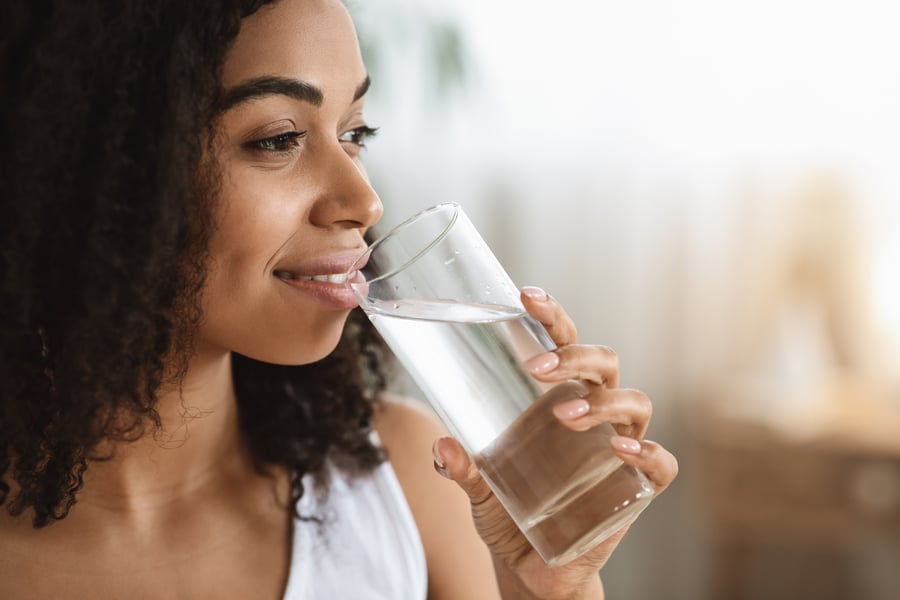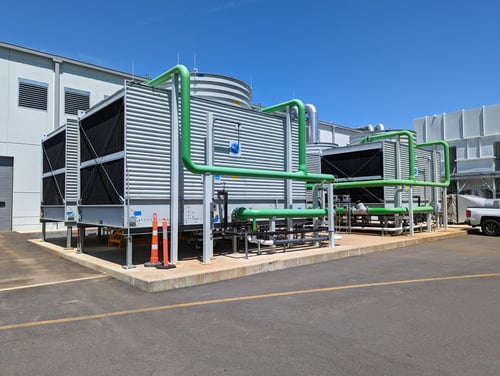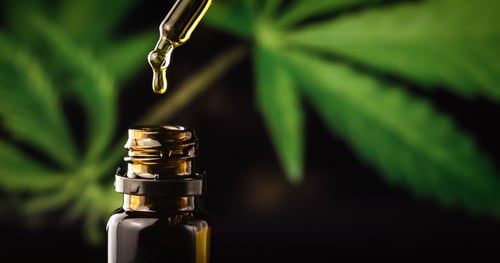Small Potable Water Systems: Design Options and Challenges. Part 2

This article looks at the second part of our guide to designing a small potable water system. We also study the type of water contaminants and the options for designing a treatment system today. This article is based on our webinar recording, which you can watch here.
4-3-2-1-0 Objective
As discussed in our previous article, there are two water sources – surface and groundwater. Both of these water sources can be prone to quality issues from natural pollution as well as anthropogenic sources.
When it comes to water treatment, the 4-3-2-1-0 Objective is an effective guide to ensuring water is meeting the treatment requirements:
- 4 log inactivation of viruses: One of the methods to achieve 4 Log inactivation is by using disinfection. It’s a common practice to use chlorination and maintain a free chlorine level of 0.5 mg/L free chlorine for 20 minutes to meet the standard
- 3 log inactivation of giardia lamblia and cryptosporidium protozoa: Disinfectants such as UV and chlorination can help meet this goal
- 2 means here, a minimum of 2 treatment barriers to mitigate microbial risks
- 1 stands for less than 1 NTU (Nephelometric Turbidity Unit) of turbidity. Filters are used to achieve these criteria, especially when working with surface or GUDI water.
- Finally, there should be 0 coliforms or bacteria present for safe drinking water
What are the Challenges to Designing a Small Potable Water System?
Designing a small potable water system does come with its challenges and complications. The absence of consistent water quality data is one of the many challenges for water treatment system designers.
An integrated approach to providing clean drinking water to everyone is needed. The biggest challenge while designing a small potable water system is to understand and consider various water treatment sources and technologies available when designing a small system.
Surface Water Systems Meet 4-3-2-1-0 Standards: Two Case Studies
A Hydro plant in western Canada needed a drinking water system to meet the daily requirement of its workers. The source water was surface water which came with its challenges. The small potable/domestic water treatment skid was able to meet standards through the following systems:
- First two pre-filters were used to reduce large organic matter pieces to less than 150 microns preventing the system from clogging.
- Then, one Micron cartridge was implemented to bring turbidity down to <1 NTU.
- Both UV and chlorine were used for disinfection
- To solve the issue of excess organic matter, the chlorination part of the system was moved to the beginning of the treatment cycle to optimize filtration mechanics.
In the case of Gods Lake Narrows First Nation in Manitoba, a 15,000 L/day system was shipped to the remote community in 3 skids to treat surface water:
- Pumps brought water through a coarse filter to eliminate large pieces of organic matter and then a sand screen for further filtration
- 5UM cartridge filter completed the pre-filtration stage
- UV and chlorination treatment was used for disinfection
- Lastly, a 0.5UM cartridge filter was used to complete the 4-3-2-1-0 standard system
In both cases, a tailored approach was necessary to meet the community's needs. Drawing from surface water systems presented unique regional challenges; each solved through implementing unique filtration and disinfection strategies which worked best for the particular water source and community needs.
Conclusion
Access to safe drinking water is also considered a human right, not a privilege, for every man, woman and child (World Bank, 2018).
With growing concerns over the provision of safe drinking water, we hope our guide can prove handy. The treatments, guidelines and information mentioned in both parts of this guide can help you design a small potable water system.
John Brooks Company Filtration Experts solve water filtration PROBLEMS
At John Brooks Company, we provide standard and custom-built filtration systems for various commercial, municipal, and industrial processes, including agriculture, food manufacturing, oil and gas, mining and mineral processing, and more.
With a massive selection of filtration systems from leading manufacturers and valuable input from our application experts and equipment specialists, we guarantee the best fit for your unique application.
Contact us today to learn more or to book a consultation with one of our experts.



